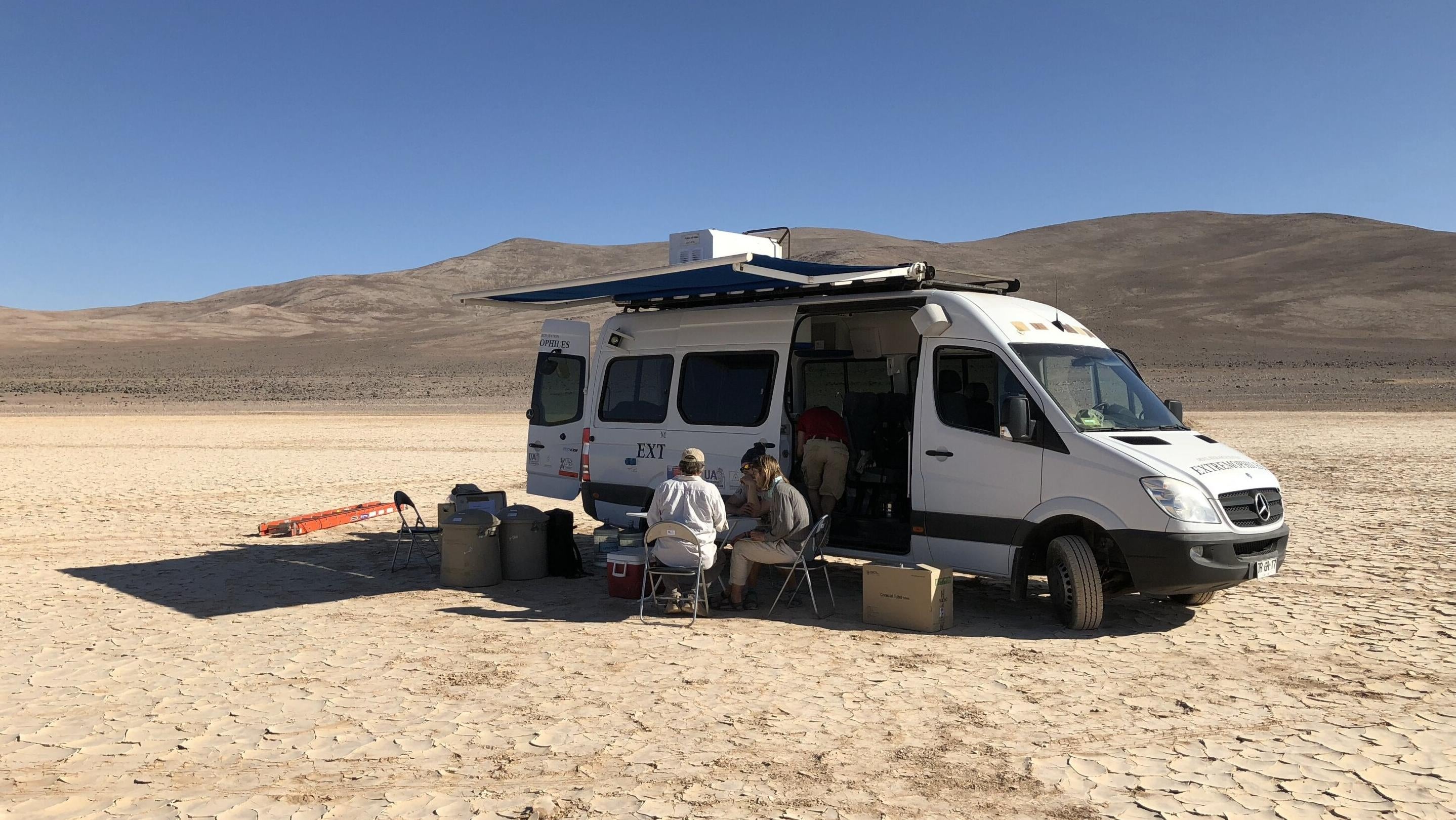There's a mysterious ecosystem underneath the driest desert on Earth [View all]
Beneath the parched sands of Atacama is a massive, diverse group of bacteria and a previously undetected biosphere, according to a new study
By
Isaac Schultz / Gizmodo
Published Yesterday
https://i.kinja-img.com/image/upload/c_fit,q_60,w_1315/d86f0ce349ad9885164ada7b958d76dd.jpg
A view of the Atacama desert. Photo: NASA/JPL-Caltech
The Atacama Desert — an arid, unpopulated swath of northern Chile that is home to some of the most perceptive ground telescopes on Earth — is actually teeming with life beneath the ground, according to a team of researchers that recently scrutinized its soils.
As LiveScience reminds us, scientists have already found microbial life under the desert’s surface. What we didn’t appreciate until now is the diversity of this life. The team behind this latest finding sampled the soil to a depth of 13.78 feet (4.2 meters) in the desert’s Yungay region, observing different microbial communities across the depths and soil types. The team’s research was published this week in PNAS Nexus.
The living things include cyanobacteria and the extremophilic Actinobacteriota, as well as a nitrogen-fixing class of bacteria called Alphaproteobacteria. According to the team, the porous nature of gypsum crystals forms a microclimate that protects microbes from the ultraviolet radiation overhead, but allows enough light to get through that the microbes can undergo photosynthesis.
https://i.kinja-img.com/image/upload/c_fit,q_60,w_1315/148aeb8af89d2bd27386a4002edbfb1d.jpg
The living things include cyanobacteria and the extremophilic Actinobacteriota, as well as a nitrogen-fixing class of bacteria called Alphaproteobacteria. According to the team, the porous nature of gypsum crystals forms a microclimate that protects microbes from the ultraviolet radiation overhead, but allows enough light to get through that the microbes can undergo photosynthesis.

Members of the research team in Yungay.Photo: Lucas Horstmann, GFZ-Potsdam
“High salt concentrations are possibly causing microbial colonization to cease in the lower part of the playa sediments,” the team wrote, but “in the underlying alluvial fan deposits, microbial communities reemerge, possibly due to gypsum providing an alternative water source.”
More:
https://qz.com/chile-atacama-desert-microbial-diversity-mars-1851439628
